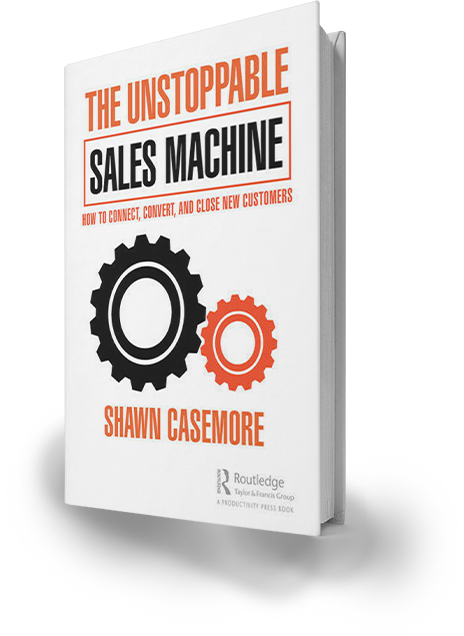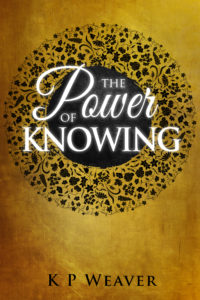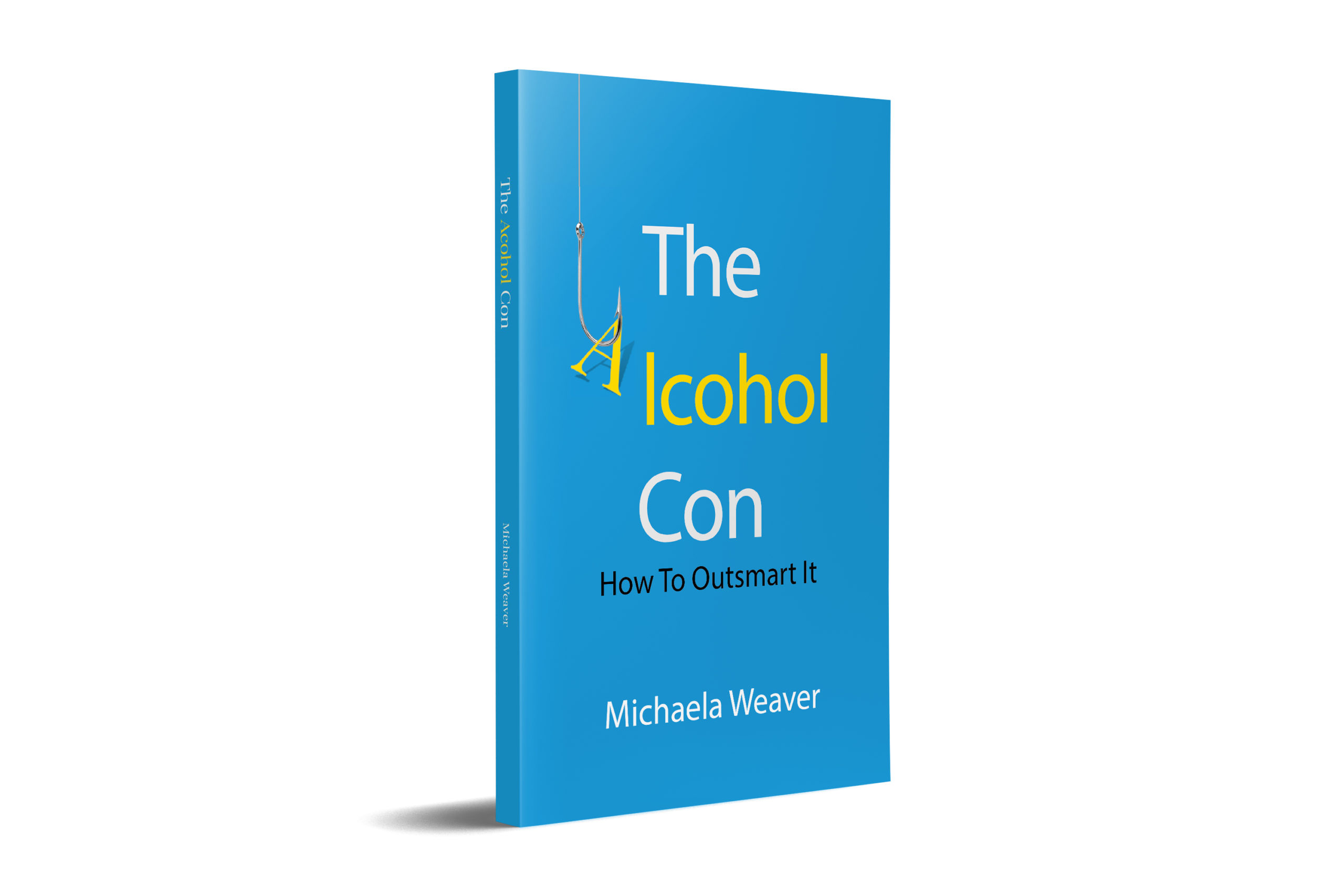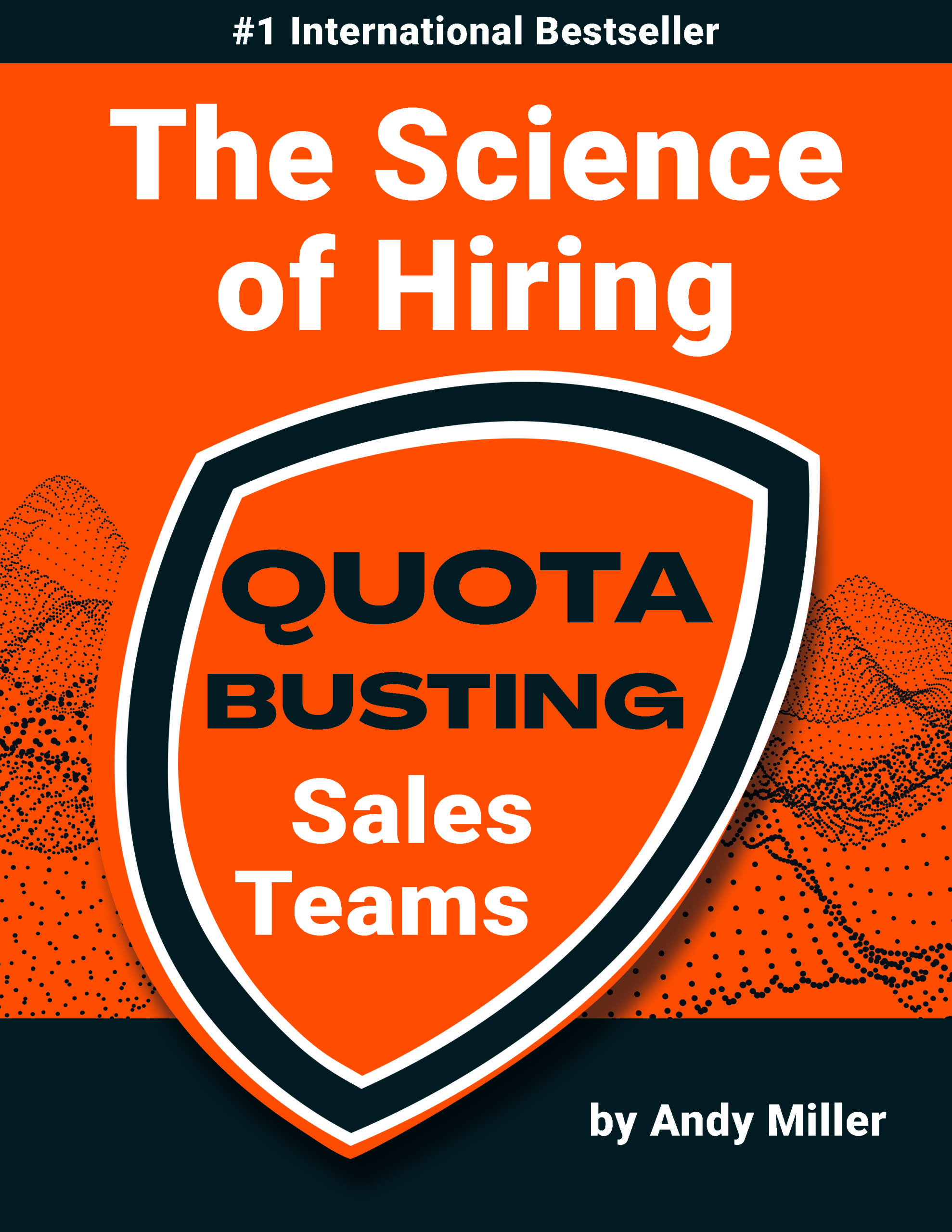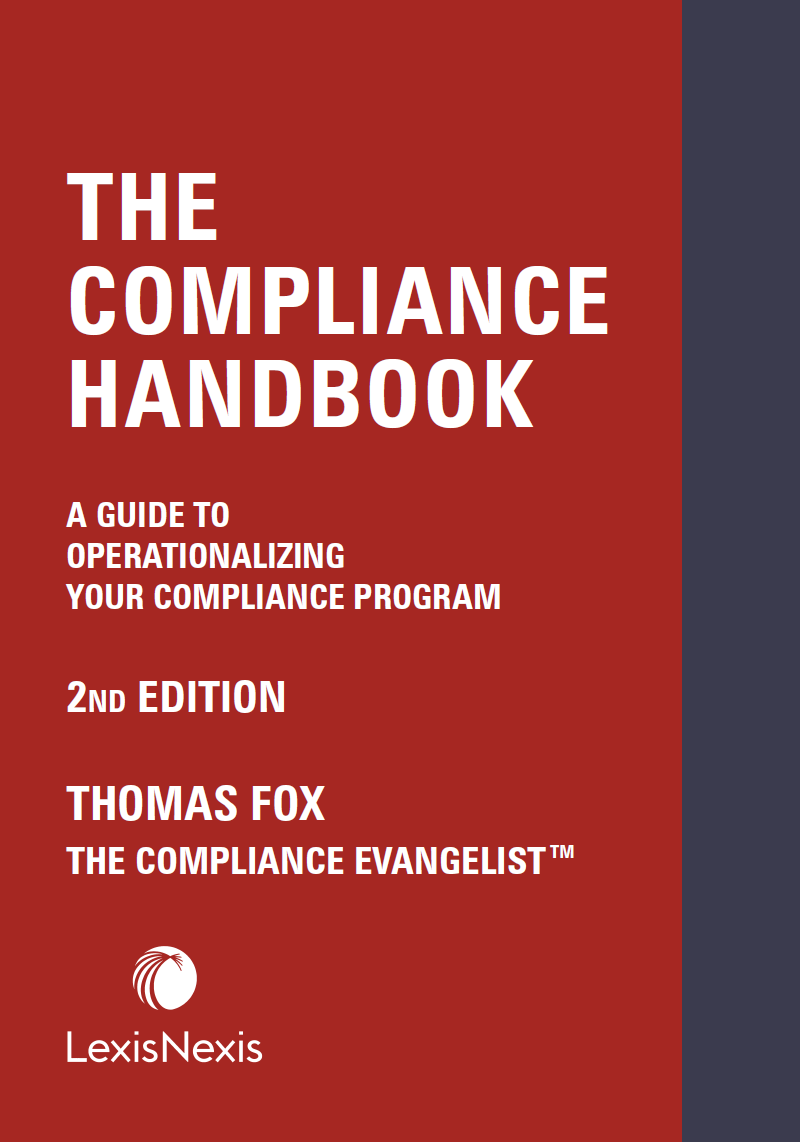Search Engine Marketing, Inc.
Mike Moran
For years, Search Engine Marketing, Inc. has been the definitive practical guide to driving value from search. Now, Mike Moran and Bill Hunt have completely rewritten their best-seller to present valuable new strategies, best practices, and lessons from experience.
Their revamped and reorganized Third Edition introduces a holistic approach that integrates organic and paid search, and complements them both with social media. This new approach can transform the way you think about search, plan it, and profit from it.
Moran and Hunt address every business, writing, and technical element of successful search engine marketing. Whatever your background, they help you fill your skills gaps and leverage the experience you already have.
You’ll learn how search engines and search marketing work today, and how to segment searchers based on their behavior, successfully anticipating what they’re looking for. You’ll walk through formulating your custom program: identifying goals, assessing where you stand, estimating costs, choosing strategy, and gaining buy-in. Next, you’ll focus on execution: identifying challenges, diagnosing and fixing problems, measuring performance, and continually improving your program. You’ll learn how to:
Focus relentlessly on business value, not tactics
Overcome the obstacles that make search marketing so challenging
Get into your searcher’s mind, and discover how her behavior may change based on situation or device
Understand what happens technically when a user searches—and make the most of that knowledge
Create a focused program that can earn the support it will need to succeed
Clarify your goals and link them to specific measurements
Craft search terms and copy that attracts your best prospects and customers
Optimize content by getting writers and tech people working together
Address the critical challenges of quality in both paid and organic search
Avoid overly clever tricks that can destroy your effectiveness
Identify and resolve problems as soon as they emerge
Redesign day-to-day operating procedures to optimize search performance
Whether you’re a marketer, tech professional, product manager, or content specialist, this guide will help you define realistic goals, craft a best-practices program for achieving them, and implement it flawlessly.
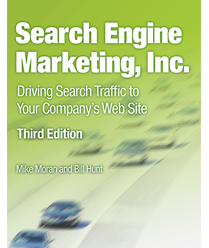

by Mike Moran
OK, well to be honest, it isn’t that I learned it when I was in kindergarten. But my son taught it to me when he was in kindergarten. He’s 16 now and wants to major in business in college, but he knew a lot about business when he was five. I will always like the way he explained it: “The gooder it is, the spendier it is.” You can figure out what he was saying, in his Yogi-esque way. Better stuff just costs more. Period.
Now we could spend a lot of time and spill a lot of pixels over economic theories that say that marketers can charge more for products that have more demand, but that’s not what I want to talk about. I want to talk about how price is used as a signal of a product’s value. My five-year-old got the message.
For all the talk about how marketing is comprised of the 4 P’s, one of which is price, I don’t find that marketers hold their resolve over price. I am constantly seeing price used as an attention-getter: “10% off until Friday” or “Buy one, get one free.” But that is not the only way to use price–maybe not even the best way.
Are those $95 jeans really better than the $40 ones? How about that $50 bottle of perfume? What about that expensive new restaurant–worth it? You might say, “No, none of them are worth it. There are better options that cost less.”
But their prices are signals of their value. It is a shorthand for what they are worth. The assumption is that they couldn’t get away with charging that much if they weren’t worth it. That’s pricing as a signal.
Do you, as a marketer, use pricing as a signal? I find that most of my clients could probably charge more. Their customers need them and like them. So why don’t they charge more?
Because it takes bravery. It’s easier to charge less. No one dislikes you. No one complains. No one stops buying.
But if you raise your prices, all of those things happen to you. It’s uncomfortable.
Do you have the guts to be uncomfortable? It might make the difference between a dominating product and an also-ran. If your product is good–really good–shouldn’t you be charging a premium price?

Author of the acclaimed book on internet marketing, Do It Wrong Quickly, on the heels of the best-selling Search Engine Marketing, Inc., Mike Moran led many initiatives on IBM’s website for eight years, including IBM’s original search marketing strategy. Mike also serves as a senior strategist with Converseon, a leading social media consultancy based in New York City. Mike holds an Advanced Certificate in Market Management Practice from the Royal UK Charter Institute of Marketing and is certified as a Distinguished IT Specialist by The Open Group. He is a Visiting Lecturer at the University of Virginia’s Darden School of Business. He also writes marketing articles for Biznology, Search Engine Guide, All Things WOMM and ChamberofCommerce.com. Mike frequently keynotes conferences worldwide on Internet marketing for marketers, public relations specialists, market researchers, and technologists.
Prior to joining Converseon, Mike worked for IBM for 30 years, rising to the level of Distinguished Engineer. Mike has more than 20 years’ experience in search technology, led the IBM product team that developed the first commercial linguistic search engine in 1989, and has been granted 11 patents in search and retrieval technology. He led the integration of ibm.com’s site search technologies and served as product manager for IBM’s search and text analytics products.





